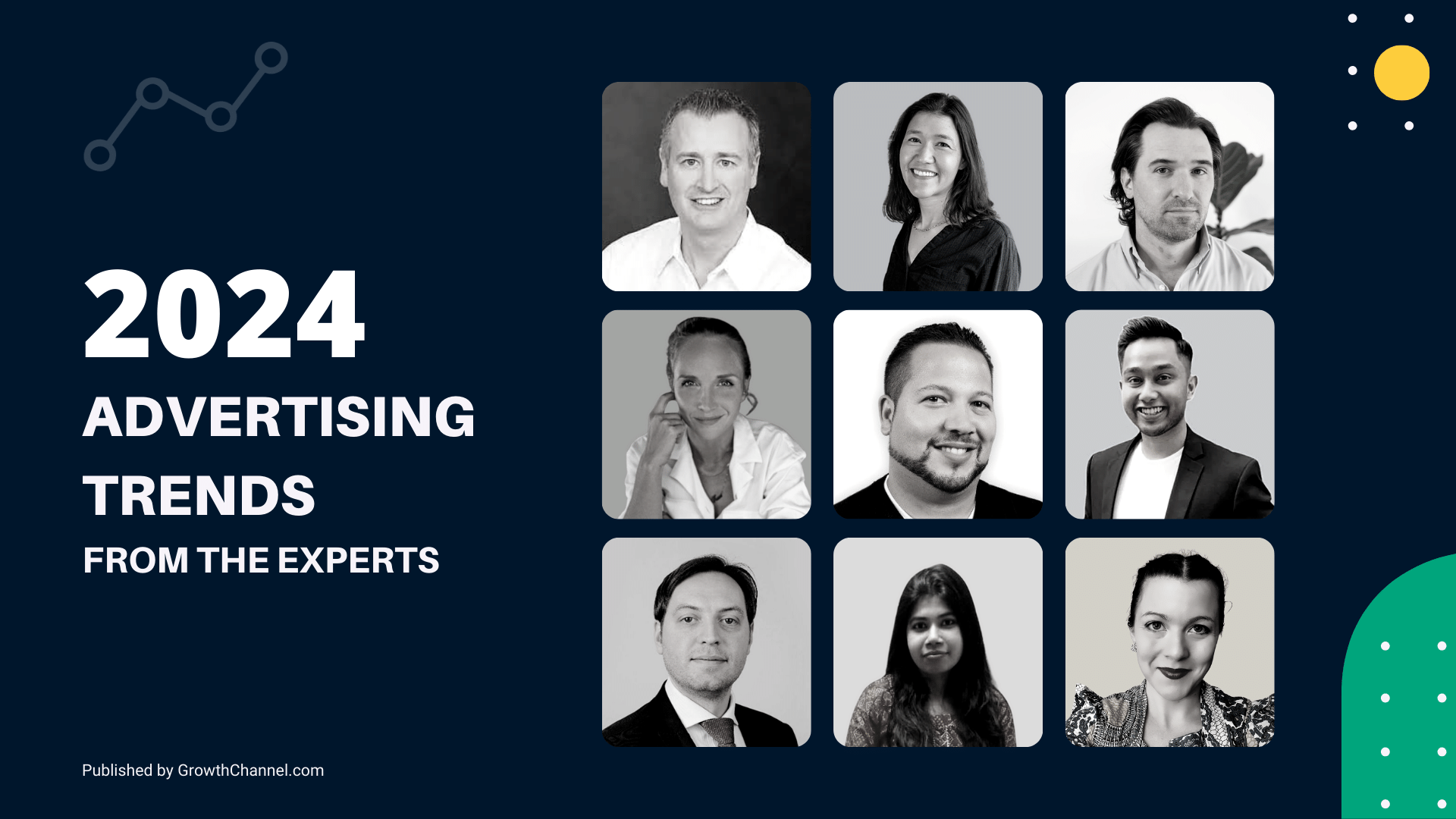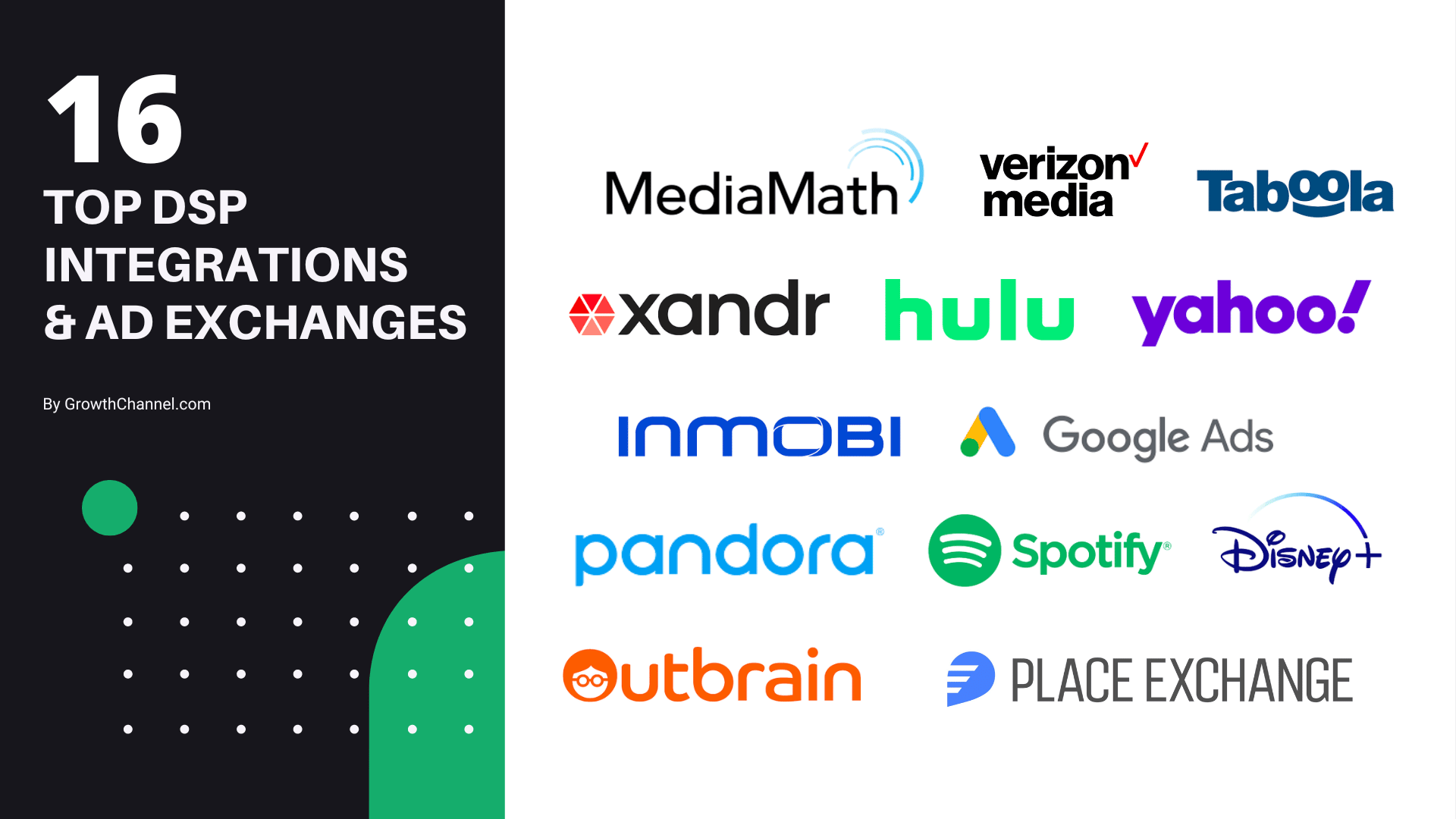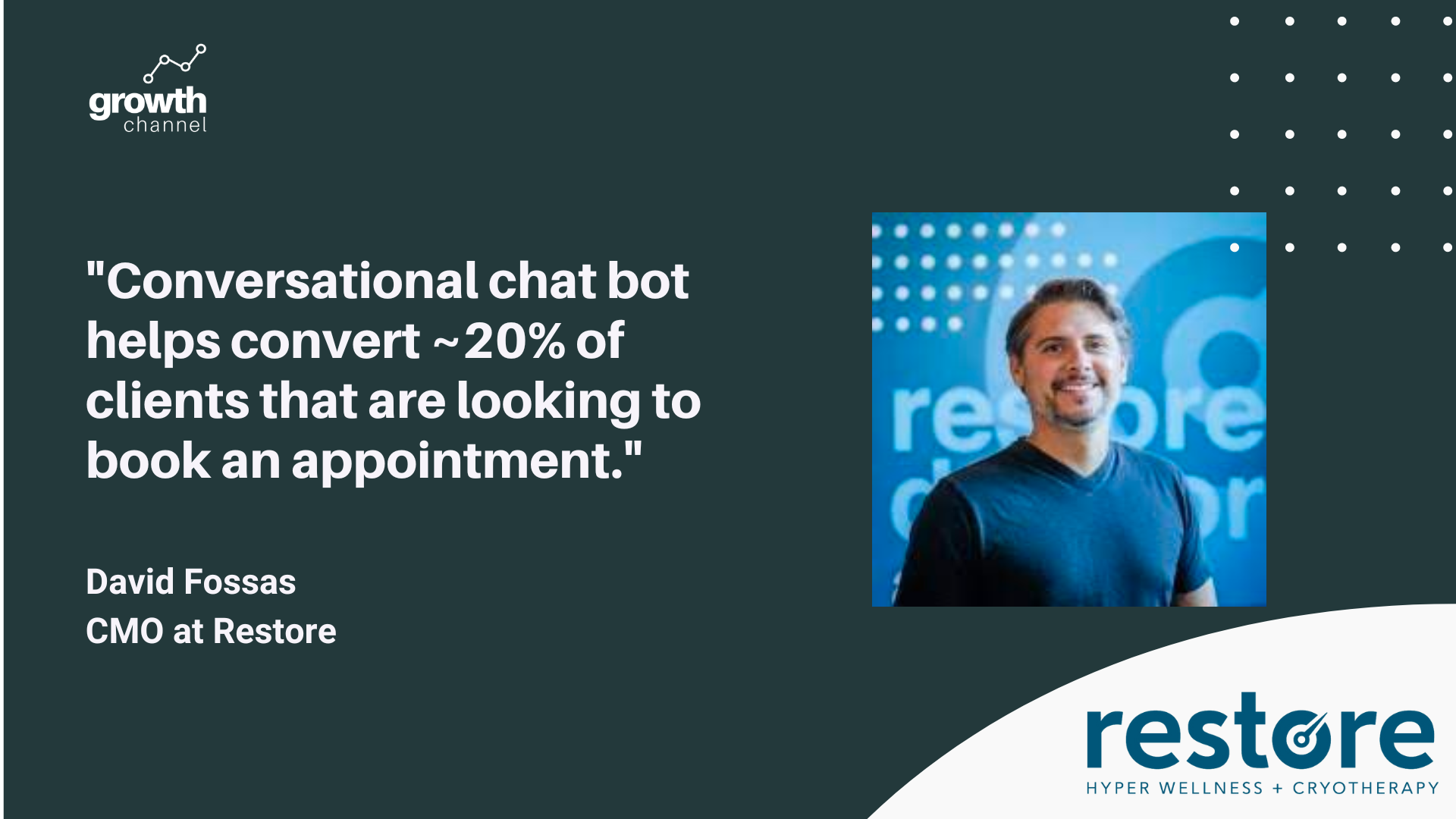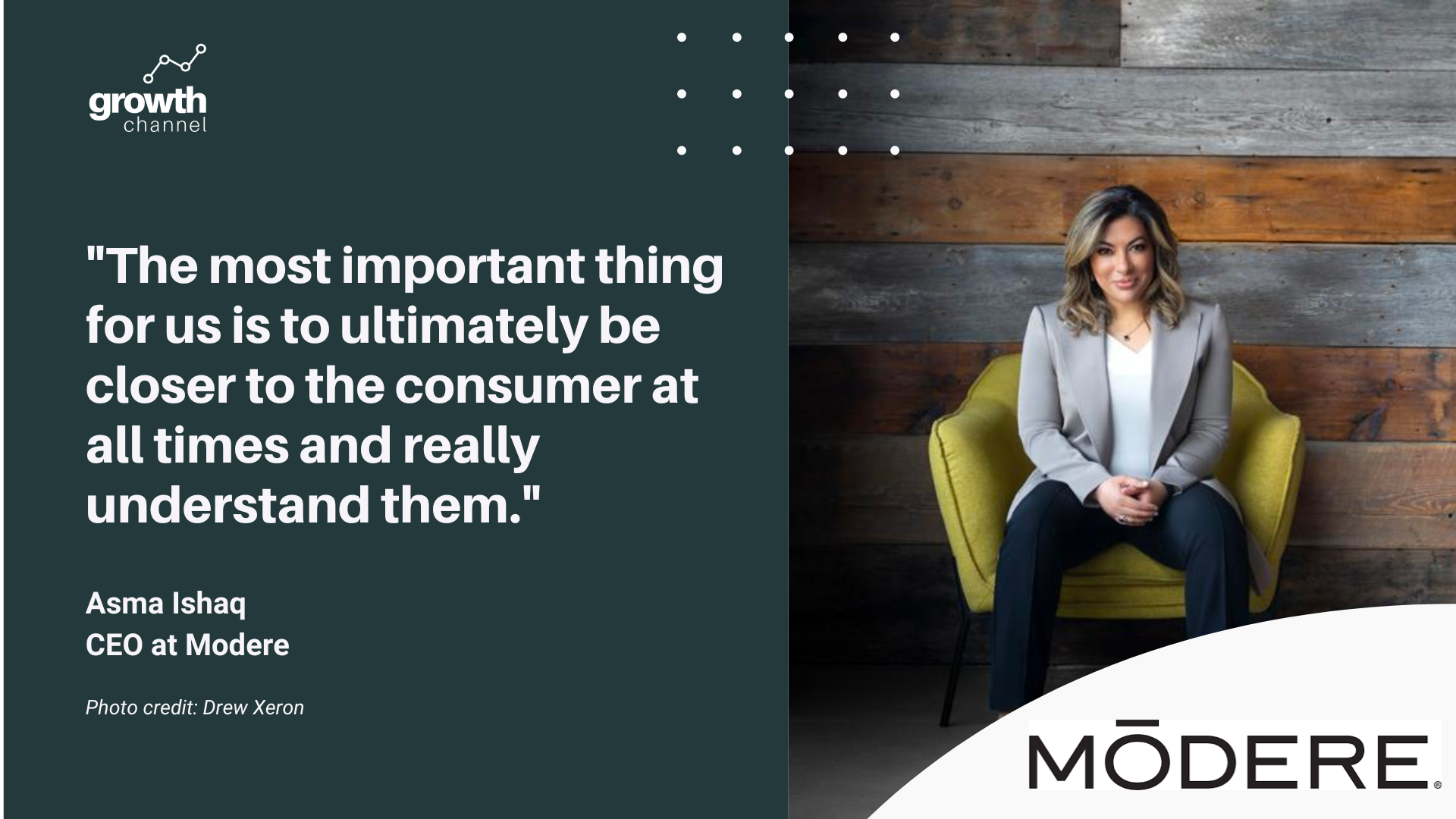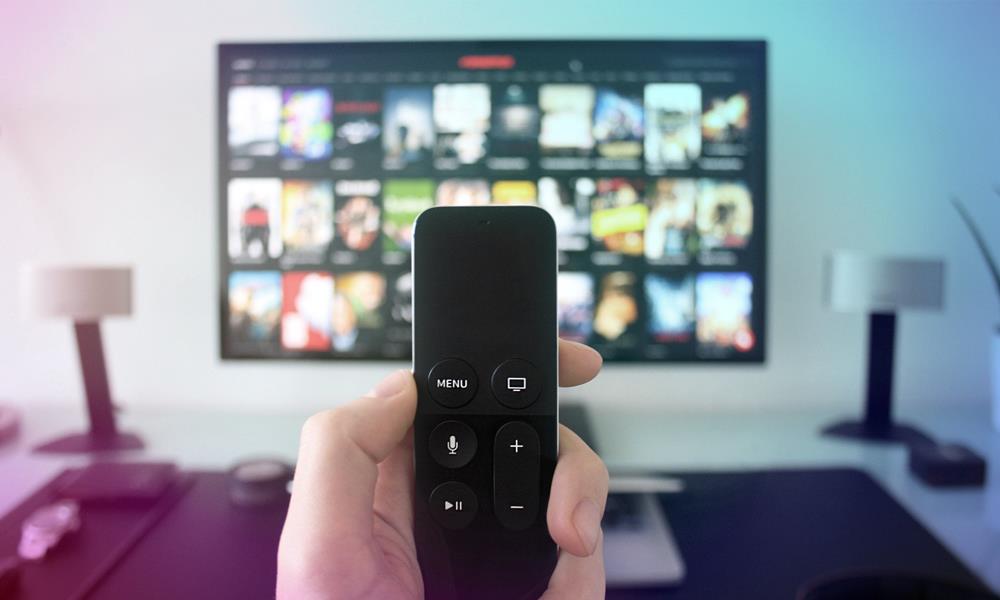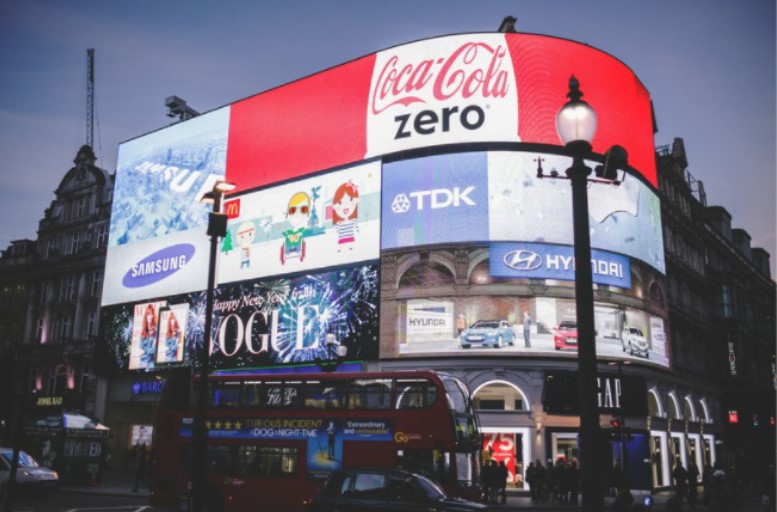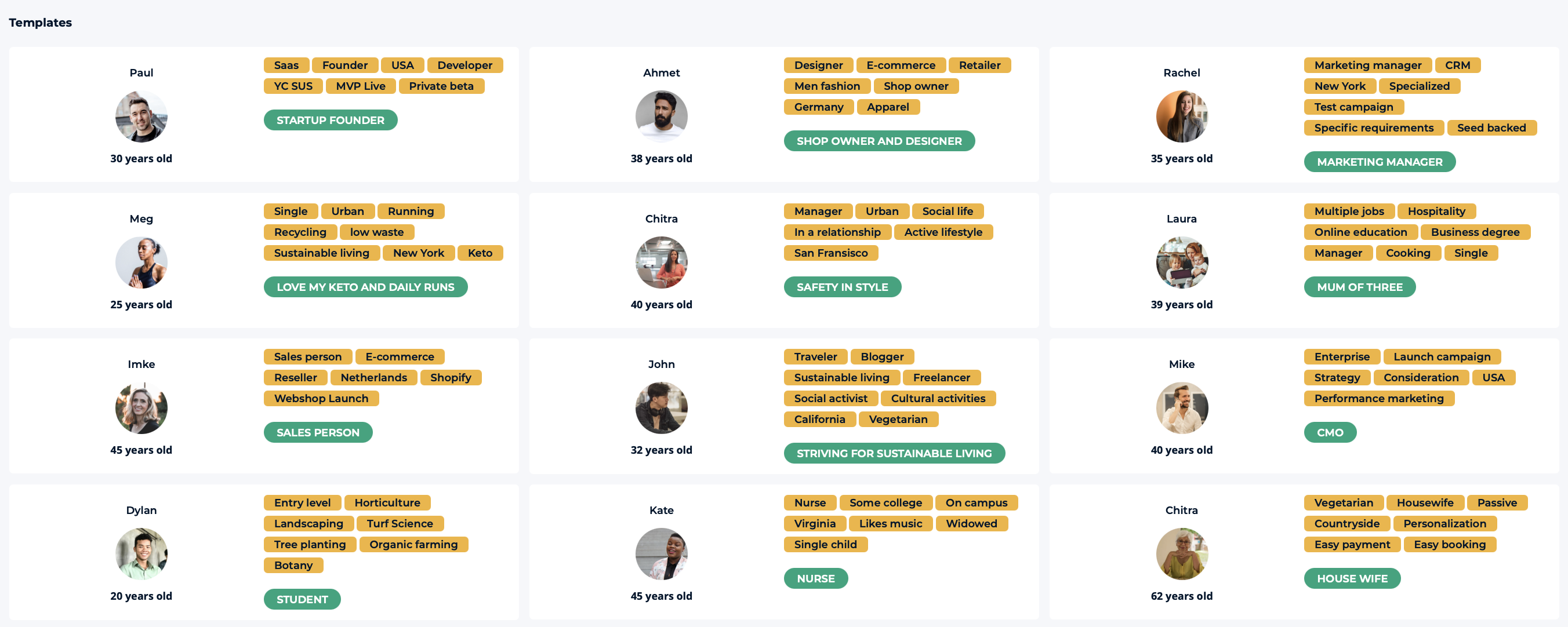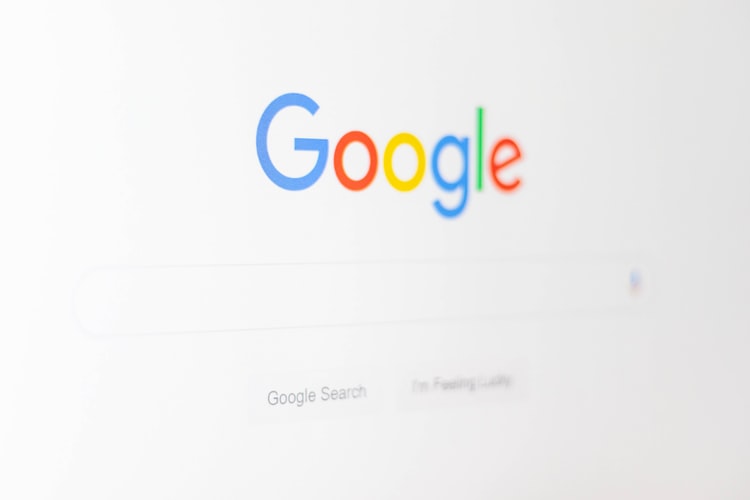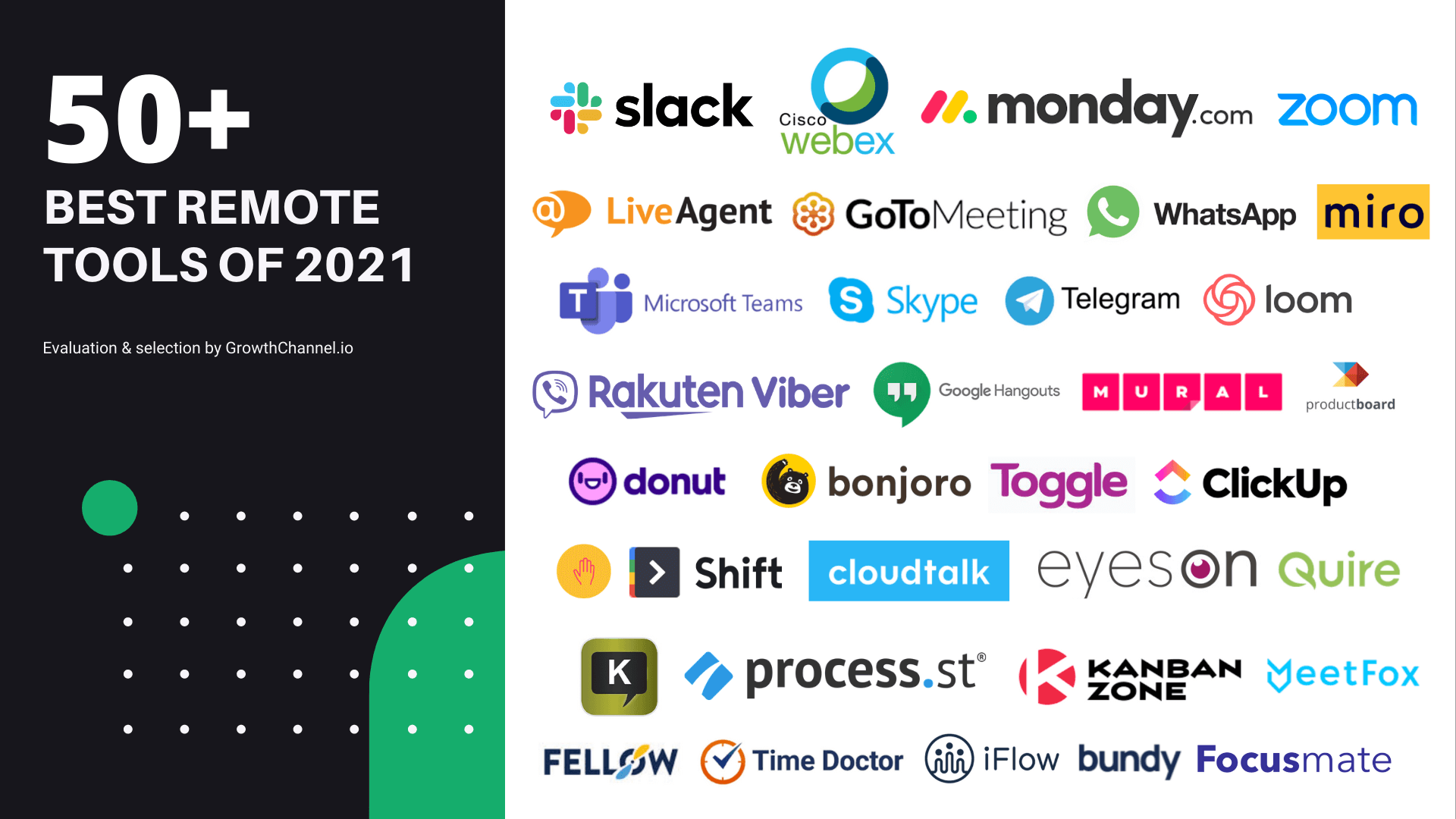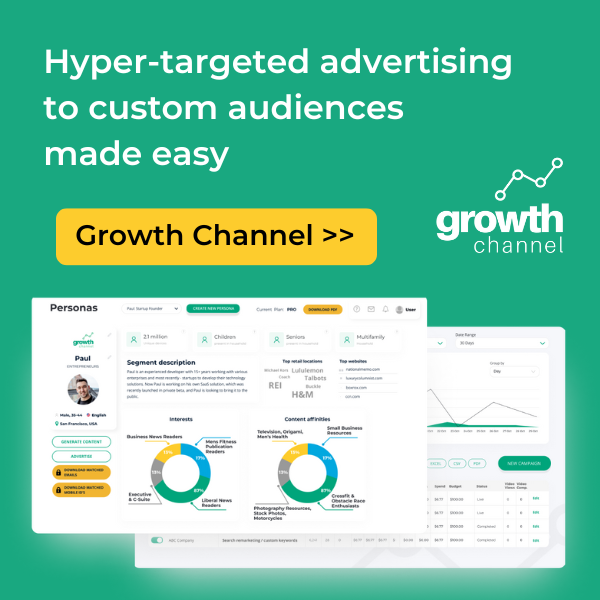Digital ads are everywhere, creating rich and potent opportunities for brands to tell stories at scale. Through ads on different devices and channels, marketers can reach larger audiences in an increasingly personal way. The biggest challenge? People are allergic to ads: they seem not to believe what brands have to say and they don’t want to feel like they’re targeted. What this means for advertisers is that the brands can no longer earn attention as they once used to with traditional advertising.
Then, what can you do instead? Consider native advertising—ads that are cohesive with the page content—to reach your target audience without distracting them. In this article, I’ll look at what native advertising is, various types of native advertising, and 4 ways native content advertising results in more conversions.
What is native advertising?
Native advertising is a relatively new concept of promoting a brand, product, or service, and its aim is consumer engagement. Unlike traditional advertising, native ads are designed to blend in with the page content and are consistent with the general perspective of the designated page and media platform, so it’s a type of camouflaged advertising.
Native advertising has great potential, and people are excited about that. A hefty 79% of respondents said they’d like to see ads blending in with their consuming content.
Whereas conventional advertising stands out to the consumer, native advertising strives to position the company as a partner for the target audience. Given that, native advertising can be seen as more of a partnership than a promotion. In other words, native ads depend on content marketing efforts to position the product as a partner for the consumers rather than the promoter's role.
How can you spot a native ad?
Pay attention to the below identifiers and you’ll be able to spot a native ad:
- Do you see the words like “Sponsored content”, “Powered by”, “Promoted”, or “Presented by”?
- Do the words like “Suggested article”, “Recommended article”, or “Recommended for you” appear anywhere on the page?
- Does the top corner of the content go “By …” — e.g., “By British airways”?
If these elements catch your attention to the ad, then you’re looking at a native ad.
Different types of native advertising
Native advertisements come in various formats, each with its benefits, much like any other type of advertising. Brands that seek to strategize and develop a native advertising campaign should understand the different types of native ads.
1. In-feed native ads
In-feed native ads are the best form of native advertising. These ads are inserted into newsfeeds or content boards of prominent applications, giving readers a seamless experience. The in-feed native ad format was adopted by large technology companies, such as Facebook, Pinterest, and Instagram, to offer the most relevant content to users.
A relevant example of an in-feed native advertisement is the British Airways in-feed ad that appears on Mashable, as shown below.
Source: Mashable
2. Recommendation widgets
The recommendations widget is strong tool publishers use to promote the most interesting, relevant, and engaging content on the website. That way, users stay longer and develop their relationship with the content.
You may find some widgets underneath the blog posts as a natural recommendation to other content or in the middle of the page. The below image shows how Forbes uses a recommendation widget on its content.
Source: Forbes
3. Display ads with native elements
Native display ads are a type of ads that are contextually relevant to the platform they appear on. Viewers usually ignore traditional display ads simply because they know they’re ads without even paying attention to them.
But display ads with native elements have an element of relevancy.
Source: The New York Times
4. Promoted search results
Marketers use promoted search results to improve their users' search experience. It lets brands decide what pages are offered to users when they search for particular key terms.
And yes, promoted search results are also native ads, given that they match the platform’s existing format. As shown below, Pinterest's promoted pin ads are a great example of this.
Source: Pinterest
5. Co-branded video ads
Native video ads refer to the integration of branded messages into existing content. You can see these types on many platforms, including Facebook, Twitter, YouTube, and Snapchat.
Below is an example of a partnership between 3 brands, Eko, Tasty, and Walmart.
Source: Eko
4 ways native content advertising brings more conversions
Native content advertising has the potential to impact consumer behavior more effectively, and it can yield more conversions than traditional advertising.
1. Native ads receive a higher CTR
Click-through rate or CTR is one of the essential metrics for managing advertising success, and the performance continues to decrease for traditional display ads. According to an eMarketer study, native ads perform particularly well than conventional ads, and CTRs for native display ads are 8.8x higher than the average display ads, thanks to the native ads’ contextual relevance.
Yet, keep in mind that CTR changes based on the ad format, device, platform, audience, and industry.
Source: eMarketer
2. Native ads are easily remembered
We ignore anything that looks like an ad on a webpage. That’s called banner blindness where users skip information in online ads. The good news is that banner blindness can be avoided with native ads.
Did you know that native content advertisements receive 53% higher attention than display ads? The same study also revealed that at least 85% to 90% of respondents believe native ads offer more valuable content to the reader and can be used to drive action.
3. Native ads don’t interrupt the reading experience
Website visitors consume content, not ads. To avoid irritating visitors with ads, it’s critical for marketers to focus on the ultimate experience they provide to their consumers while preserving their trust. Otherwise, people start using ad blockers to block out the sections of a website that could be ads.
This isn’t the case with native ads because a native ad is clearly delivered as a relevant reading experience and corresponds to the natural reading behavior of the reader. When a native ad campaign is created correctly, the content adds value to the reader.
4. Native ads have a greater reach
A piece of content should be interesting, informative, entertaining, and relevant to resonate with many as many people as possible online. With native content advertising, you have better chances of reaching a wider audience and building brand awareness.
Because the content that native ads deliver is highly targeted, your audience will be happy to treat it as more appealing content. Furthermore, native ads are more natural and don’t push users to purchase anything, leading to more people engaging with your content.
Final thoughts on native content advertising
Digital ads are thought of as unwanted, disturbing, and noisy. They pop up in the middle of your screen while reading a blog post, not having a relation to the content you engage with. This annoys you, so you quickly close the ad to eliminate the intrusive content.
Native ads, however, are much less intrusive and offer the seamless experience that people enjoy. We anticipate that the importance of native ads will continue to grow significantly in 2023 and drive incredible user engagement. There are different native ad platforms that offer easy-to-implement solutions to help you get started with this strategy.
Are you ready to leverage native content advertising and apply it to your brand's media approach? Native content advertising is meant to be consumed, and thankfully, we at Growth Channel can help you create, manage, and optimize your native ad campaigns to get the exposure you’re looking for. Request a free demo of Growth Channel here.


